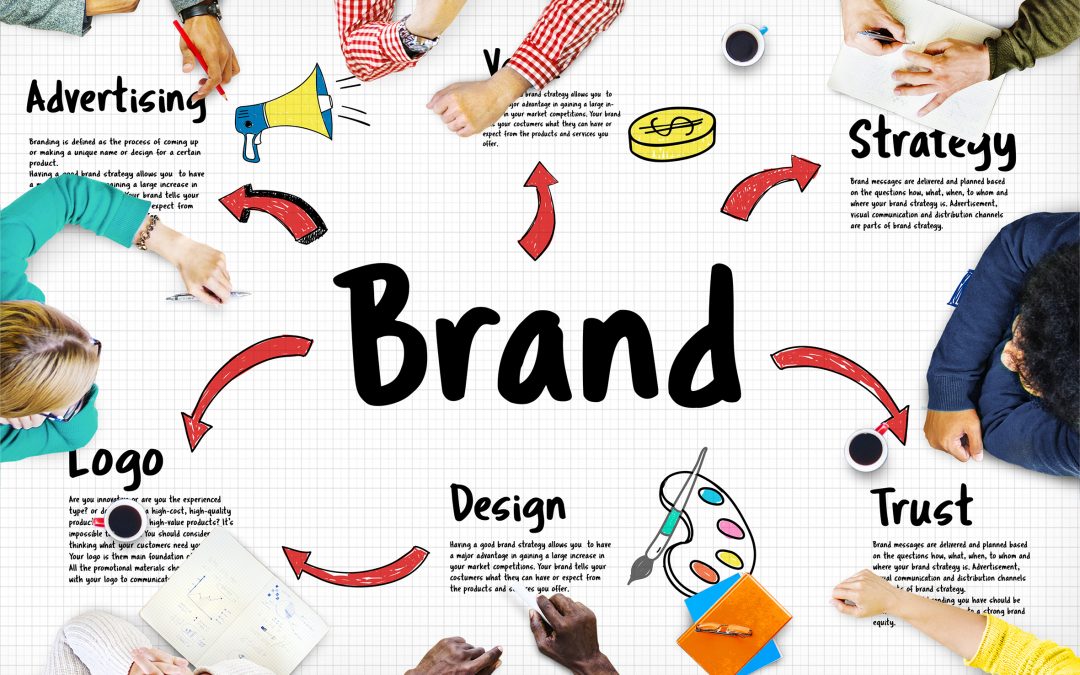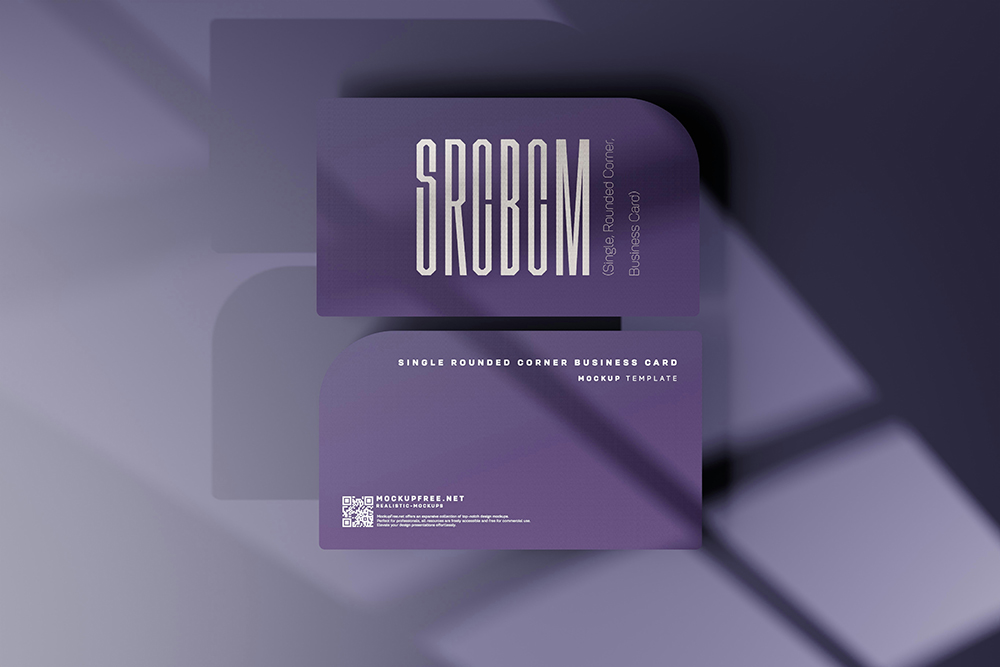Avoid common branding mistakes that can make your small business look unprofessional or inconsistent. Learn how to fix them and create a strong, cohesive brand identity.
👋 Introduction
Your brand is more than just a logo — it’s the personality and first impression of your business. Yet many small businesses unknowingly weaken their image with simple branding mistakes.
If your visuals, messaging, or tone feel “off,” your brand could be confusing customers or losing credibility.
Here are 10 small business branding mistakes to avoid in 2025 — plus practical fixes, examples, and tips to make your brand shine.
1. Not Defining Your Brand Identity
If you haven’t clearly outlined who you are and what you stand for, your branding will lack focus.
Fix: Create a brand guide covering your mission, tone, values, and personality.
Example: A boutique café might want to project “friendly and local,” but without a clear identity, their website and signage might look generic or corporate.
Pro Tip: Document your brand story in 3–4 sentences — this will guide every visual and communication decision.
2. Inconsistent Use of Logos and Colours
When your logo or colour palette looks different across platforms, it weakens brand recognition.
Fix: Stick to one logo version, palette, and font family across all digital and print materials.
Stat: Brands that maintain consistent visuals are 3.5x more likely to be remembered by customers.
Example: Your social media posts, business cards, and website should all use the same brand colours — no exceptions.
3. Using Low-Quality or DIY Logos
Cheap or templated logos can make your business look unprofessional — even if your products or services are excellent.
Fix: Invest in a professionally designed logo that reflects your brand personality.
Example: Many small cafés grab free templates online, resulting in generic logos that fail to stand out.
Pro Tip: Think long-term. A well-designed logo pays for itself in credibility and recognition.
4. Ignoring Your Target Audience
Branding that tries to appeal to everyone ends up appealing to no one.
Fix: Define your ideal audience and tailor your visuals, messaging, and tone to them.
Example: A children’s toy shop branding itself with corporate grey tones may confuse its audience, while bright, playful colours would resonate better.
5. Copying Competitors
Imitating others makes your brand forgettable and risks legal or reputational issues.
Fix: Focus on what makes you unique and highlight it in your design, story, and tone of voice.
Example: Two cafés in the same suburb using nearly identical logos and colour schemes may confuse customers. Originality helps you stand out.
6. Neglecting Brand Voice
Your tone should match your visuals — consistent, clear, and relatable.
Fix: Document your tone of voice and use it across all communication channels.
Pro Tip: Write a few sample phrases or social posts that capture your tone — this helps team members stay consistent.
7. Forgetting About Customer Experience
Branding isn’t just visual — it’s emotional. Your customers feel your brand in every interaction.
Fix: Make sure every touchpoint — website, social media, email, in-store — feels cohesive and aligned with your brand.
Example: If your visuals are fun and playful but your emails are stiff and formal, customers will get a mixed message.
8. Not Updating an Outdated Brand
Design trends evolve, and so do businesses. An outdated brand can make your business look stuck in the past.
Fix: Audit your brand every few years to ensure it still feels current and relevant.
Stat: 64% of consumers say they’re more likely to trust a brand with a modern, up-to-date look.
9. Overcomplicating Design Elements
Too many fonts, clashing colours, or busy logos create confusion.
Fix: Keep visuals clean and focused on your message. Less is often more in branding.
Pro Tip: Stick to 2–3 fonts max and a palette of 3–5 colours for clarity and recognisability.
10. Neglecting Brand Consistency
Even the best brand fails if it’s not applied consistently.
Fix: Use templates, brand guidelines, and a consistent tone of voice across all channels.
Example: Inconsistent branding across social media, brochures, and your website can make your business appear unprofessional.
✨ Conclusion
Strong branding doesn’t need to be fancy — it needs to be authentic, consistent, and strategic.
Small tweaks like updating your logo, sticking to a palette, or defining your tone can make a big difference in perception and trust.
If your brand feels outdated or mismatched, it might be time for a refresh.
👉 Solestial Design helps small businesses build brands that connect, inspire, and grow. Let’s bring your story to life. Visit our contact us page to get in touch.





